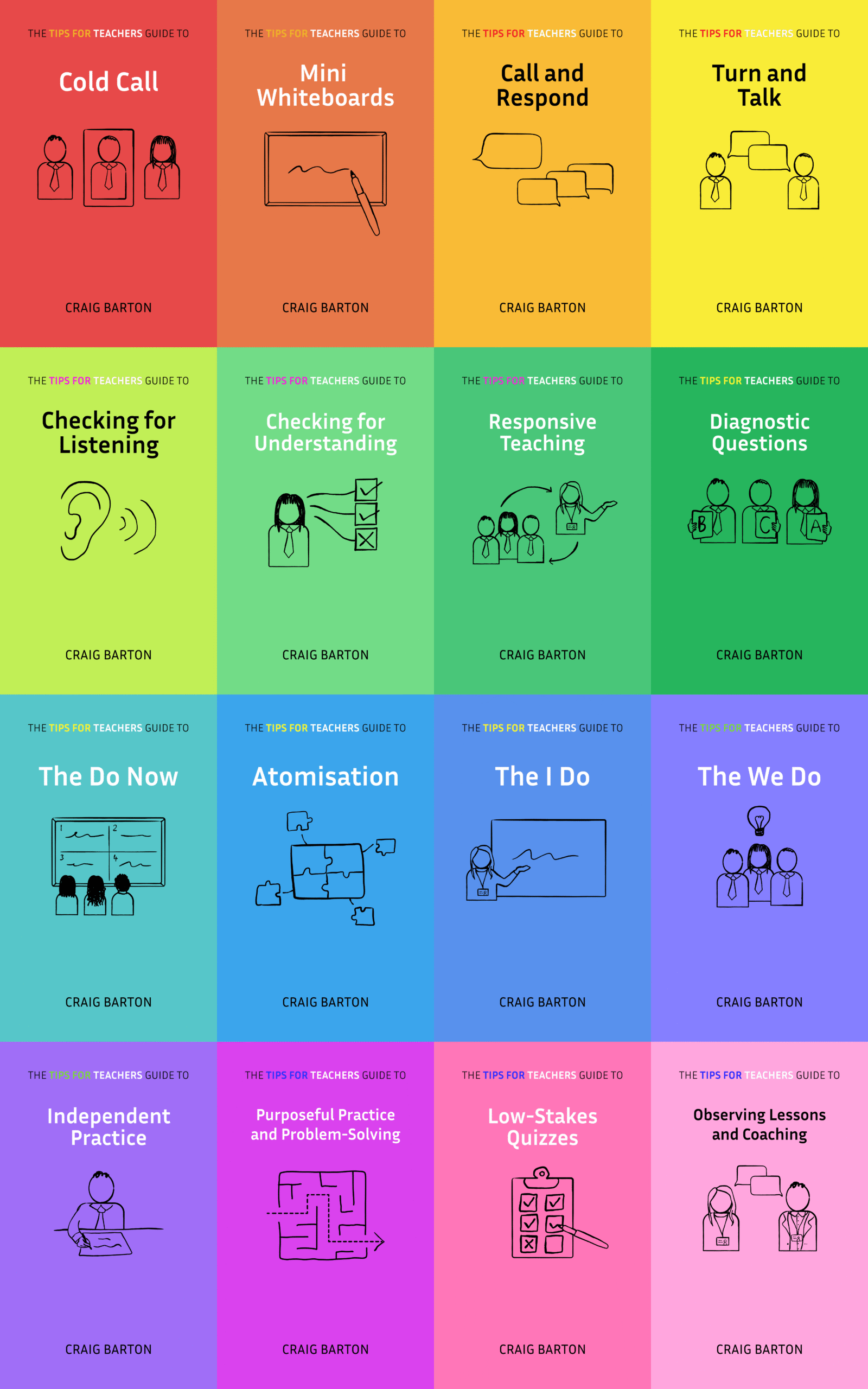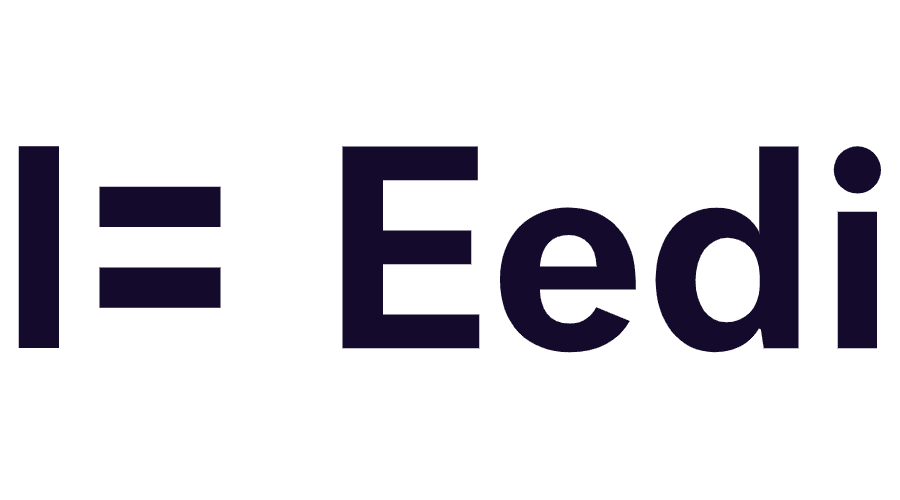Summary
This YouTube transcript discusses a teaching technique called “cross-class accountability,” where students are held responsible for understanding and responding to their classmates’ answers. The method encourages active listening and participation, particularly benefiting shy students. It’s suggested that teachers routinely ask students to summarize or comment on each other’s responses. The use of mini-whiteboards is proposed as a supplementary tool to further enhance this accountability and ensure broader class engagement. The overall aim is to transform classroom dynamics, fostering deeper understanding and learning from peer interactions.
What are the implications for teachers?
The concept of cross-class accountability has several implications for teachers, primarily in how they structure questioning and encourage student engagement during lessons.
Here are some key implications for teachers based on the provided source:
- Teachers should make it a norm that students are expected to respond to what other people are saying. This requires teachers to move away from simply asking a question to an individual student and then moving on, instead encouraging students to listen to and engage with their peers’ responses.
- Teachers should incorporate questioning sequences that promote cross-class accountability. This can be achieved by asking students what they think another student said, whether they agree with them, or to explain what they understood from a classmate’s response. For example, after a student answers a question, the teacher could ask another student, “What do you think [student’s name] said?” or “Did you agree with her method?”.
- Teachers can use cross-class accountability to draw shy students into the conversation. By asking shy students to reflect on or respond to another student’s answer, they can participate without the pressure of having to initiate the response themselves.
- Teachers can check for understanding by implementing cross-class accountability, ensuring that students are not only hearing but also understanding their classmates’ contributions. It also means students must listen to each other carefully because they could be asked to report back on what another student said.
- When teachers are explaining something, they should ask other people to check what they were saying. This makes students more conscious that their audience is everyone in the class, not just the teacher. As a result, students may speak louder and go into more detail.
- Teachers should see a student’s good answer as an opportunity for everyone to learn, not just to move on. The teacher can capitalize on that great answer by using it as a learning opportunity for the whole class.
The source also suggests combining cross-class accountability with the use of mini-whiteboards. For example, after a student gives a verbal answer, the teacher could ask everyone to write down on their mini-whiteboards what they understood from the answer or why they agree or disagree. This could be a good way of both checking for understanding and increasing engagement. However, the source notes that for more complex responses that might take time to write down, a verbal response is more suitable.









